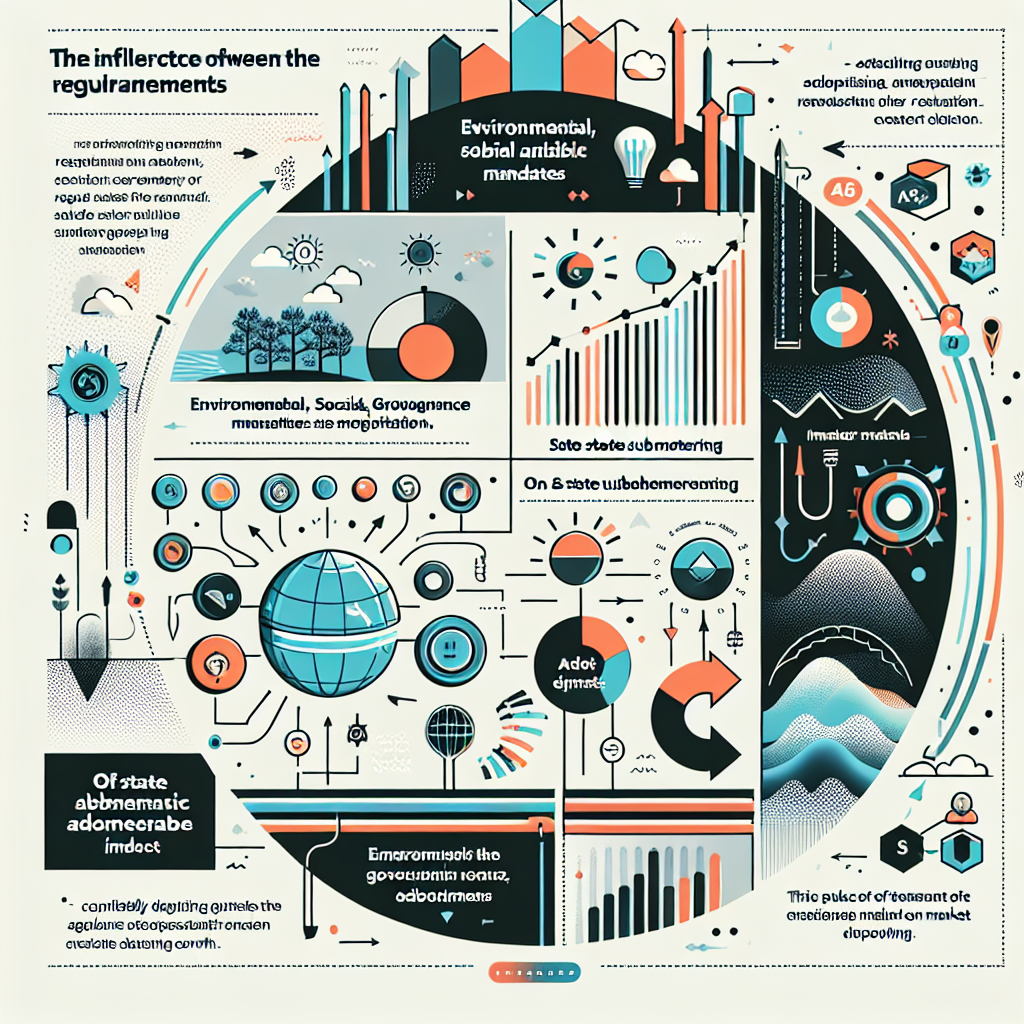Utility Submetering & Billing Solutions
Advanced Utility Submetering & Billing Solutions for Modern Real Estate
Smart utility submetering drives property efficiency, compliance, and significant cost savings.

Executive Summary
The global PropTech market, encompassing Utility Submetering & Billing Solutions, reached an estimated USD 25.15 billion in 2021 and is projected to grow to USD 94.20 billion by 2030, exhibiting a CAGR of 15.8% from 2022-2030. Another source indicates the PropTech market reached USD 45.20 billion in 2025 and is forecast to climb to USD 104.02 billion by 2030, advancing at an 18.14% CAGR. Key growth drivers include tighter ESG disclosure rules; rising institutional allocations; and the large-scale roll-out of IoT building systems. The overall outlook for the PropTech market, and by extension Utility Submetering & Billing Solutions, is positive.

6.2%
CAGR (2024–2030)
$64.2 billion
Current Market Size (2025)
$98.3 billion
Projected Market Size (2030)
M&A and Investment Activity
CARMA Corp.
CVC DIF (CVC infrastructure strategy)
2025
CVC DIF is acquiring CARMA to secure a long-term contracted submetering portfolio across major Canadian urban markets and to support CARMA’s expansion and new service offerings. The buy targets a business with contracted revenue and inflation protection, fitting an infrastructure investor’s preference for stable cashflows.
PowerStream Energy Services
Northleaf / Provident Energy Management
2025
Northleaf (via its portfolio company Provident Energy Management) completed a tuck-in acquisition of PowerStream to consolidate and expand a market-leading submetering and billing services platform in Ontario. The transaction augments scale, geographic footprint and long-term contracted customer base for the combined platform.
Submeter Solutions
Pioneer Energy Management
2025
Pioneer Energy Management acquired Submeter Solutions to materially expand its U.S. geographic footprint (growing presence from 11 to 33 states) and to increase installed meter and billing volumes. The deal delivers scale advantages across equipment sales, installation operations and billing services.
Beehive Industries' asset management & utility billing software
CivicPlus
2025
CivicPlus acquired Beehive’s utility billing and asset management modules to integrate those capabilities into its Civic Impact Platform and broaden its public-sector SaaS stack. The acquisition increases cross-sell opportunities across CivicPlus’s municipal customer base and strengthens operational coverage for municipal utilities.
Financial & Investment Considerations
Typical Business Models
- Hardware sale + one-time installation — pros: low upfront capex for seller, simpler contract; cons: low recurring revenue, lower gross margins and volatile cash conversion.
- Software + billing (SaaS + managed services) — pros: recurring revenue, higher gross margins, predictable cash conversion; cons: requires investment in platform and ops.
- Metering-as-a-Service (MaaS) / fully managed — pros: high customer stickiness, higher LTV and recurring cash flows; cons: high upfront capex and working capital, deployment/credit risk.
- Revenue-share / utility-billing partnerships — pros: capital-light scalability; cons: margins depend on contract splits and partner economics. Each model trades capex intensity for recurring margin and retention differently.


Typical Margin Profile
Gross margin: ~40–70% (wide band). Pure hardware sales compress gross margins (~20–40%); solutions that layer cloud, analytics and managed billing push gross margins toward 60–70%. EBITDA margin: ~5–25%. Product-focused sellers and installers trend lower (low-to-mid single digits to low teens); integrated SaaS + managed billing or scaled MaaS operators with recurring revenue can reach mid-teens to mid-20s EBITDA at scale. Key variance drivers: revenue mix (hardware vs recurring), scale of deployments (installation cost dilution), pricing power by geography/customer, contract length and customer credit risk.
Investor Appetite
Medium–High for SaaS/managed-billing and well-executed MaaS businesses due to recurring revenue, ESG/regulatory tailwinds and defensibility from installed bases. Medium for mixed models. Low–Medium for pure hardware/installation businesses because of lower recurring revenue, higher cyclicality and thinner margins. Counter-risks: fragmented markets, installation complexity, customer concentration (large REITs), capex/working-capital in MaaS and regulatory variability across jurisdictions.


Capex Intensity
Qualitative: Low-to-Medium overall, but model-dependent. Indicative % of revenue: ~1–5% for SaaS/managed-billing focused firms; ~5–15% for MaaS providers or firms holding substantial meter inventory and financing installations. Major capex categories: meter inventory and installation tooling, field vehicles and workforce onboarding, IT/cloud platform capitalization and integrations, capitalized R&D (firmware/analytics), and working capital to finance deployments.
Conclusion & Investment Implications
The Utility Submetering & Billing Solutions segment within Real Estate demonstrates robust growth potential, with the market projected to expand from $64.2 billion in 2023 to $98.3 billion by 2030, representing a steady 6.2% CAGR. This growth is underpinned by technological transformation through smart meters, IoT sensors, and AI analytics, enabling advanced capabilities like remote monitoring and leak detection. Regulatory tailwinds, including ESG mandates and state submetering requirements, are accelerating adoption across markets. While North America currently dominates, Asia-Pacific is emerging as the fastest-growing region due to rapid urbanization and government support for energy efficiency initiatives. The broader PropTech ecosystem, which encompasses this segment, shows even stronger momentum with CAGRs between 15.8-18.14% through 2030. Despite potential challenges in implementation and integration with legacy systems, the industry's positive outlook, technological innovation, and regulatory support make it an attractive investment opportunity for those seeking exposure to the intersection of real estate, technology, and sustainability.





Expert Analysis
Subscribe for Exclusive Industry Reports
Thank you! Your submission has been received!
Oops! Something went wrong while submitting the form.